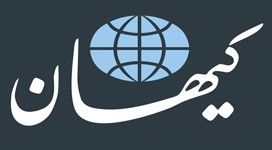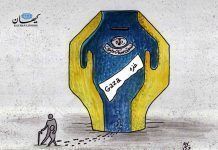April 04, 2018
The Iranian rial continued to fall against the U.S. dollar at the end of the Nowrouz holidays. The exchange rate was 52,000 rials to a dollar on April 3. Most foreign currency exchanges stop selling dollars at the beginning of the work week. Meanwhile, some street dealers demand as much as 53,000 rials to a dollar. President Hassan Rouhani’s government has failed to stabilize the foreign currency market.
Banks have also increased their exchange rates to 48,780 rials to a dollar, 61,950 rials to a euro, 77,000 rials to a British pound, 13,350 rials to a Turkish lira and 13,800 rials to a UAE dirham.
An Iranian Bahar Azadi coin (8.13 grams, pure gold content: 7.317 grams) fetches $516. The price of a Pahlavi gold coin (8.13 grams) has gone up to $500.
In an interview with the daily Donya-e-Eqtesad, Tahmaseb Mazaheri, the former governor of the Central Bank of Iran, highlighted the government’s failure in managing the foreign currency market over the last 12 years. He said: “The crude and ineffective policy of using oil revenue to control the foreign currency market has failed miserably. This approach discourages investment, production, and export and instead promotes illegal trade.” It is clear from Mr. Mazaheri’s comments that anyone whose business depends on foreign currency faces a challenging future.
An editorial in a recent issue of Donya-e-Eqtesad noted: “The volatile foreign currency market and double-digit inflation are the outcome of the government’s financial and monitory policy in the past four years. The crisis has reached a critical stage. The leaders of the country cannot ignore the situation. Nearly one-third of the country’s foreign-exchange reserves have gone up in smoke in the past three months.”








